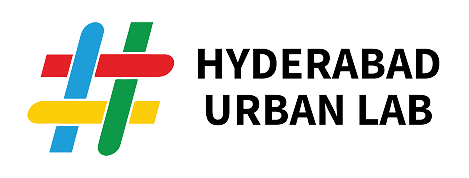
“Mera shehar logan soon mamoor kar
Rakhya joon toon darya mein min ya Sami”
“Oh God, fill up my city with people
just as you have filled the river with fish,”
– Muhammad Qutb Quli Shah, Founder of Hyderabad
Southern Urbanism
By “southern” – We do not mean those south of the equator], but those, everywhere [North, South, East and West] whose livelihoods have been made precarious by geohistorical processes of colonialism and globalizing capitalism.
—Eric Sheppard, Helga Leitner, Anant Maringanti – Provincializing Global Urbanism: A Manifesto

Hyderabad Urban Lab Foundation in collaboration with Wipro Foundation announces Imagine @ Low-cost Action Lab (i’Local), a competition for urban rejuvenation inviting applications from young and multi-disciplinary teams! i’Local supports and nurtures meaningful placemaking efforts through the (re)imagination of city spaces and the values associated with them.
It is an opportunity to revitalise sites of neglect, disuse, and disrepair and return them to their communities. It calls for imagining pathways that make the creative use of existing resources, rather than large investments. Participating teams may choose to work on one or more of the ten pre-determined sites scattered across Hyderabad. In part one of the competition, interested participants identify a site, network and form a team, attend virtual workshops, and generate ideas concluding with an abbreviated submission of their best idea. In part two, the jury selects ten teams to carry forward their idea with dedicated professional mentors for a robust final submission. The selected teams win cash prizes and an opportunity for their idea to be published in an ideas compendium.
Launching HUL 2.0
HUL was born out of a commitment to places, and a strong belief that research and practice need to be located in places and be accountable to communities. This commitment has informed much of our research, teaching and advocacy. HUL’s artistic expression – visual and artistic practice, integral to all our projects, has been a key way of both gaining insights and sharing our work with the world. Since 2013, Do Din has been a place to build new friendships and communities. Through A Place for Her, we have tried to create safe spaces for individuals.
Since the start of the pandemic, our work has responded to the ongoing changes in our cities. Our new programmes have been shaped to understand and attend to these changes.
The HUL School was created to think about and teach new methods and theory that examine the experience of urban life in the Global South. Khidki, created through a series of roundtables on the Deccan, is a space for reflection and conversations on places and stories. The Urban Observatory is for the most urgent needs in our cities: holding data and repositories, designing interventions and building sustainable cities.
Even as HUL’s work takes on new directions, we will continue being committed to what we started with: openness, collaboration and being rooted in places.
Details about our Board, Legal Status, and Internal Complaints Committee can be found here.
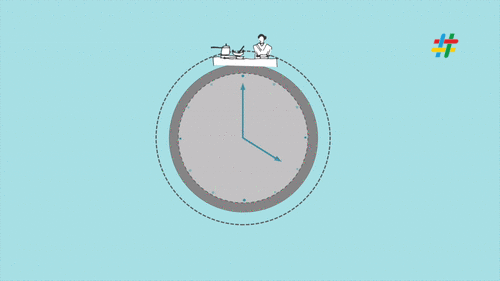
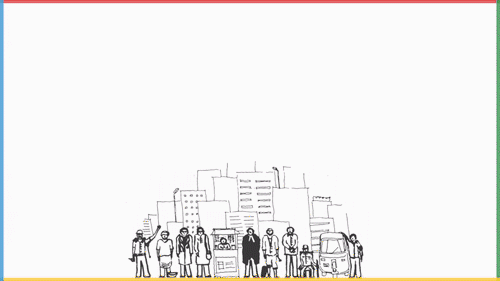
Our Work
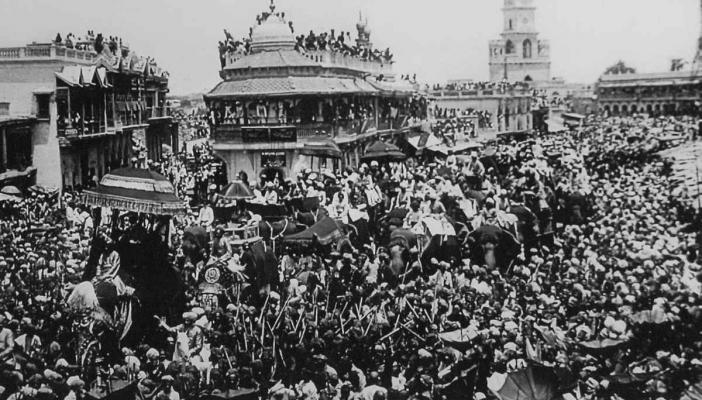
Communities of Practice
Just as the second wave of the pandemic was hitting India, we began to convene a series of intimate conversations with academic researchers about how Hyderabad Deccan shaped their research. The conversations were named Hyderabad Deccan Gol Mez (Round Table).
The scholars who participated in these round tables built a collaborative writing project under the name of Khidki Collective. The Khidki – (window) today is many things for HUL. It is a place for reflection, intimate conversations and insights. It reminds us that places make claims on us and invite us to make claims on them.
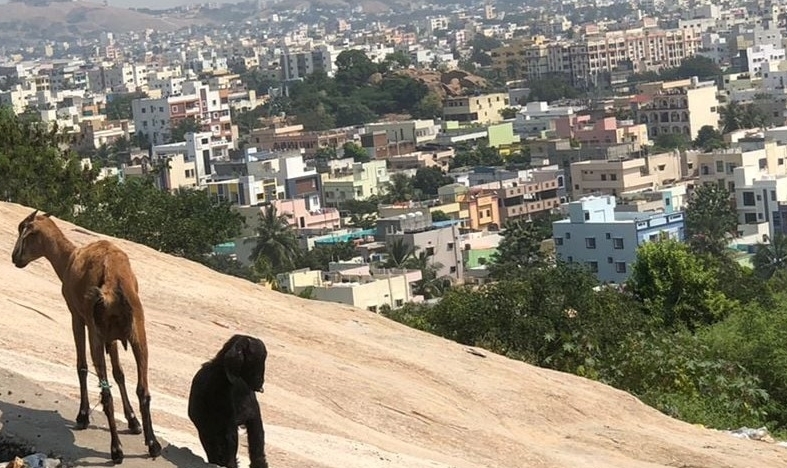
Urban Observatory
The lab looks to the city as a place constantly in a flux, where agendas, plans and interventions align and realign. To remain in engagement with such a place we taught ourselves to create opportunities for research and advocacy, interventions, and to keep archiving the data generated from our work. Some of this work turns into special projects such as Do Din and A Place for Her. Some of it turns into sets of practices that we can only describe as art@hul and gis@hul – creative and research practices. Most of it can be convened under the name of urban observatory.

School
Creating enabling learning spaces was always high on the HUL agenda. How do you learn when your movement is so severely restricted and the classroom has virtually moved into homes distributed across the world?
Thus was born Hyderabad Urban Lab School. At the end of the first wave of the pandemic we offered our first three day online course, titled Pandemic and the City.
Since then we went on to offer three more editions of the online course and then added online and offline editions of skill training in spatial imaginations.
About the HUL Logo
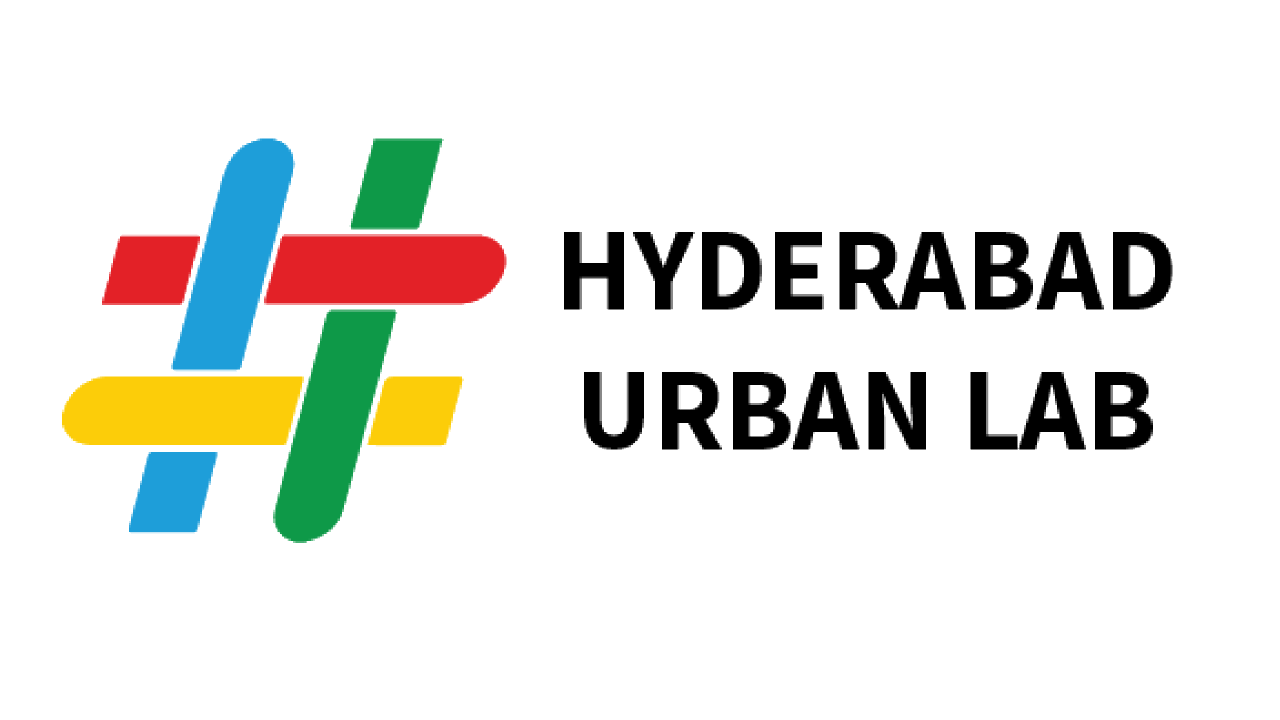
The HUL logo represents the urban grid, an interconnected network of resources and opportunities that should ideally be available and accessible to everyone who stakes a claim to them. In other words the logo represents the city as a space of resource sharing and opportunity generation for everyone that is part of it.
